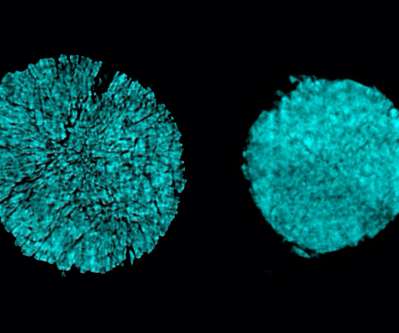MIT electrolyte enables ultra-high voltage Ni-rich cathodes in Li-metal batteries
Green Car Congress
MARCH 26, 2021
The electrolyte not only suppresses side reactions, stress-corrosion cracking, transition-metal dissolution and impedance growth on the cathode side, but also enables highly reversible Li metal stripping and plating on the lithium-metal anode (LMA), leading to a compact morphology and low pulverization. —Jeremiah Johnson.


















Let's personalize your content